Have you ever looked into your dog’s eyes and wondered, “Is that pure love—or is he just angling for another treat?” Dogs are masters at pulling our heartstrings, making us feel like the most important humans in the world. But sometimes, their adorable antics are not what they seem. Our loyal companions know how to say thank you, but they’re also pretty clever at getting what they want! Understanding the difference can tug at your heart or make you laugh in disbelief. Let’s uncover the heartwarming ways dogs show real gratitude—and the sneaky moments they’re just outsmarting us.
Wagging Tails: The Classic Thank You
There’s nothing quite like coming home to a wagging tail. This is one of the most obvious ways dogs show their gratitude. When a dog wags its tail, especially with its whole body wiggling, it’s not just about excitement; it’s their way of saying, “I’m so happy you’re here!” Some dogs’ tails spin like helicopter blades at the sight of their favorite person. This joyful gesture usually means your dog feels safe, loved, and thankful for your presence. It’s a simple yet powerful expression of emotion. Next time you see that tail going wild, know that it’s a genuine “thank you” from your furry friend.
Leaning In for Love
Have you ever noticed your dog pressing their body against you when you’re sitting or standing together? This isn’t just for warmth or comfort. Dogs lean in as a sign of affection and gratitude. It’s their way of saying, “I trust you, and I appreciate you.” This gesture is similar to a human hug, meant to strengthen the bond between you and your pup. They might do it after you’ve cared for them, given them a treat, or simply spent time together. Leaning in is an unmistakable sign your dog feels grateful to have you in their life.
Bringing You Their Favorite Toy
When your dog trots over with their beloved squeaky toy or chewed-up ball, you might think they’re just looking for playtime. Sometimes, yes—but often, this is a sign of gratitude. Offering you a prized possession is a big deal in doggy language. They’re sharing what matters most to them as a way of saying “thank you” for being their friend and caretaker. It’s like a child giving you their favorite drawing. This act shows trust and appreciation, and it’s their special way of including you in their world.
Those Gentle Nose Nudges
A soft nudge from your dog’s nose can mean many things, but often, it’s a subtle way of showing gratitude. Dogs use their noses to communicate affection, and a gentle boop on your hand or leg is a sweet reminder that they’re thankful for your attention. This gesture might follow a good meal, a belly rub, or just a cozy moment together. It’s like your dog’s way of saying, “Hey, thanks for that!” The next time you feel a cold nose pushing into you, remember it could be a quiet “thank you” in disguise.
Licking Your Face or Hands
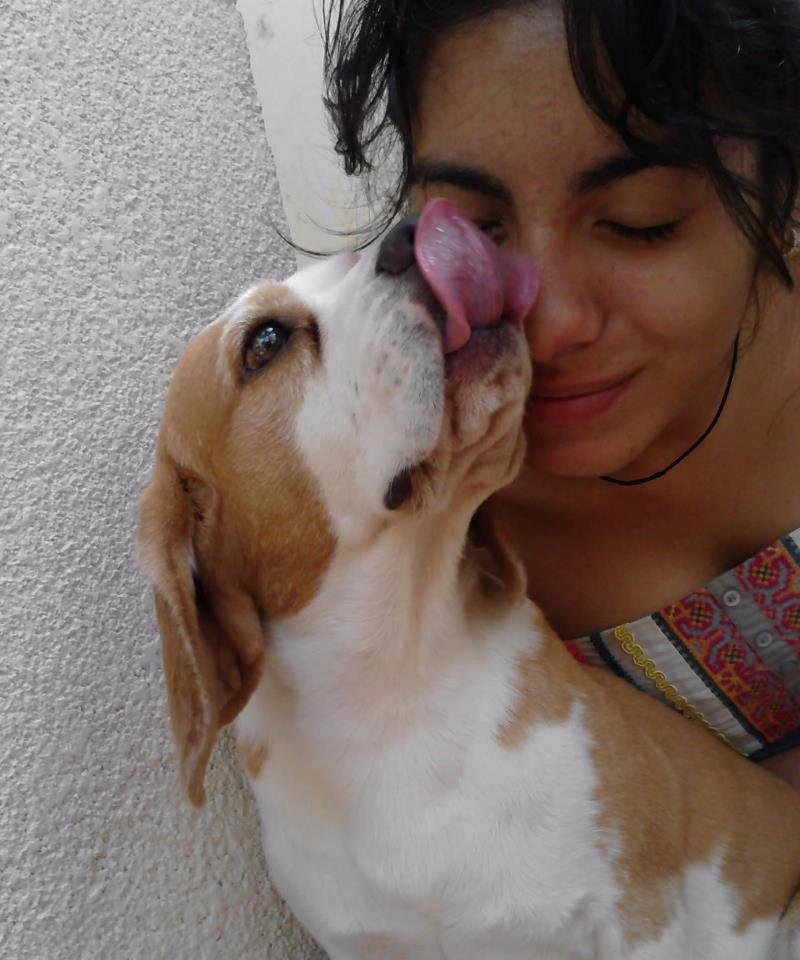
Dog kisses are a universal sign of affection, but they also show gratitude. When your dog licks your face or hands, it’s a throwback to their puppy days when licking was a way to bond with their mother and siblings. In your home, it becomes a way to express love and appreciation. Some dogs get downright enthusiastic about this, showering you with licks after you return home or do something special for them. While it might be a little slobbery, it’s a genuine sign of thankfulness.
Following You Everywhere
If your dog is your constant shadow, trailing you from room to room, it’s not just about curiosity—or separation anxiety. Dogs who follow their humans closely are often showing their appreciation. They want to be near the person who feeds, cares for, and loves them. This loyal behavior is a living thank you note. It’s their way of saying, “I like being with you because you make my world better.” While it can sometimes be a bit much, it’s rooted in deep gratitude.
Soft, Relaxed Eye Contact
When a dog gazes at you with soft, relaxed eyes, it’s a powerful sign of trust and gratitude. Unlike a hard stare, which can be confrontational, gentle eye contact signals comfort and happiness. Studies show that dogs’ oxytocin levels rise when they look lovingly at their humans—the same hormone that helps humans bond. So, those long, soft glances are much more than just looking. They’re like a warm “thank you” from the heart.
Sleeping Beside You
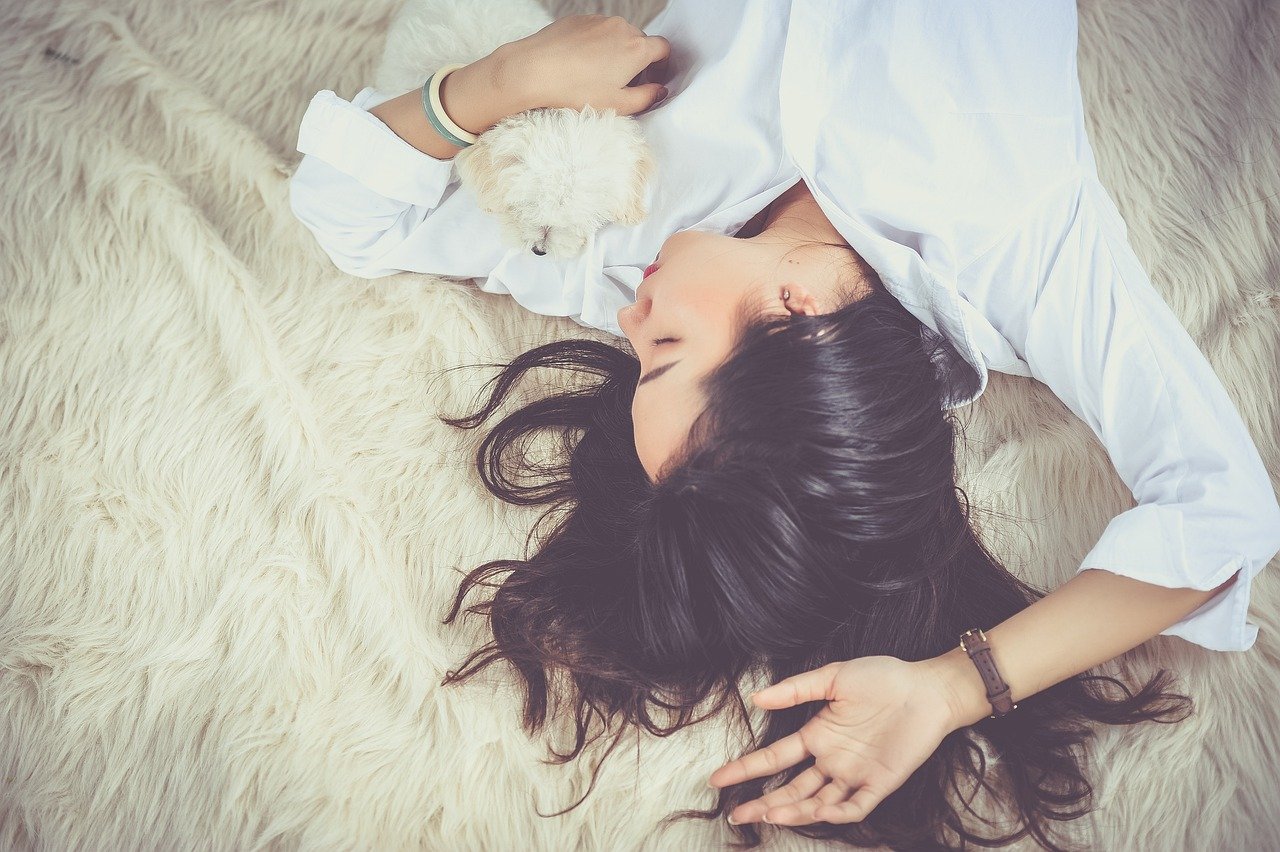
Dogs are at their most vulnerable when they sleep. If your pup chooses to nap beside you—or even on you—it’s a sign they feel safe and grateful for your protection. Sleeping close is also a way of returning the favor, offering you comfort just as you provide it for them. It’s their way of saying, “I trust you with my life.” This simple act is full of meaning, especially for rescue dogs who might have started out afraid of people.
Happy “Zoomies” After Kindness
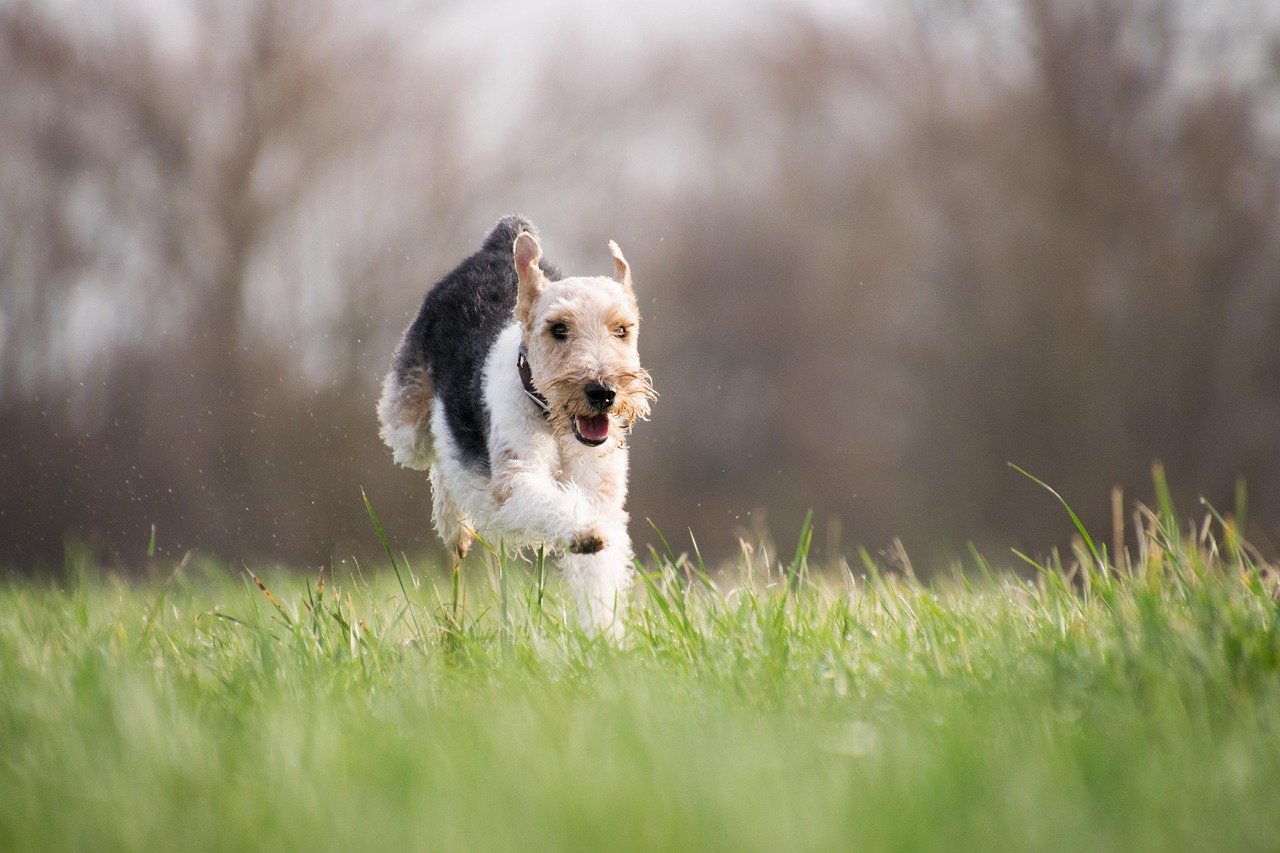
You know those wild bursts of energy when your dog sprints around the house or yard at lightning speed? Those “zoomies” often happen after a walk, a treat, or a fun play session. While zoomies can simply be a release of pent-up energy, they’re also a sign of joy and gratitude. Your dog is telling you, “Life is good, and I’m thankful!” Watching a dog in full zoomie mode can be hilarious and heartwarming, reminding you how much they appreciate the good times.
Subtle Smiles and Relaxed Ears
Some dogs actually smile—lifting the corners of their mouths in a relaxed, happy way. Combine this with soft, floppy ears, and you’ve got a dog who feels content and grateful. This expression usually follows positive interactions, like petting sessions or time spent together. It’s their way of visually saying, “Thanks for making me happy.” These subtle signs can be easy to miss, but once you spot them, you’ll see gratitude written all over your dog’s face.
Begging with Sad Eyes: Master Manipulators
Now, let’s talk about the tricks! Those big, soulful eyes staring up at you while you’re eating dinner? Classic manipulation. Dogs quickly learn that sad puppy eyes often result in a tasty morsel falling their way. This isn’t about hunger or gratitude; it’s about getting what they want. They’re experts at using their expressive faces to tug at your heartstrings. Even after a full meal, they’ll put on the act, hoping for an extra treat.
Feigning Injury for Attention
Some dogs go so far as to fake a limp or act dramatically wounded—only to miraculously recover when you offer them a treat or cuddle. This behavior is surprisingly common, especially in intelligent breeds. Dogs learn that showing a little weakness or pain can result in extra attention or goodies. While it might seem worrying at first, it often turns out to be a clever ruse. Their manipulation is almost Oscar-worthy!
Barking at the Door for No Reason

Ever notice your dog bark at the door, only for there to be nobody there? Dogs sometimes use this trick to manipulate their humans into getting up and investigating—often as a way to distract you or redirect your attention. Once you’re up, they might lead you to the treat jar or outside to play. It’s a clever ploy that shows just how smart and cunning our canine friends can be when they want something.
Pawing at You for Treats or Play
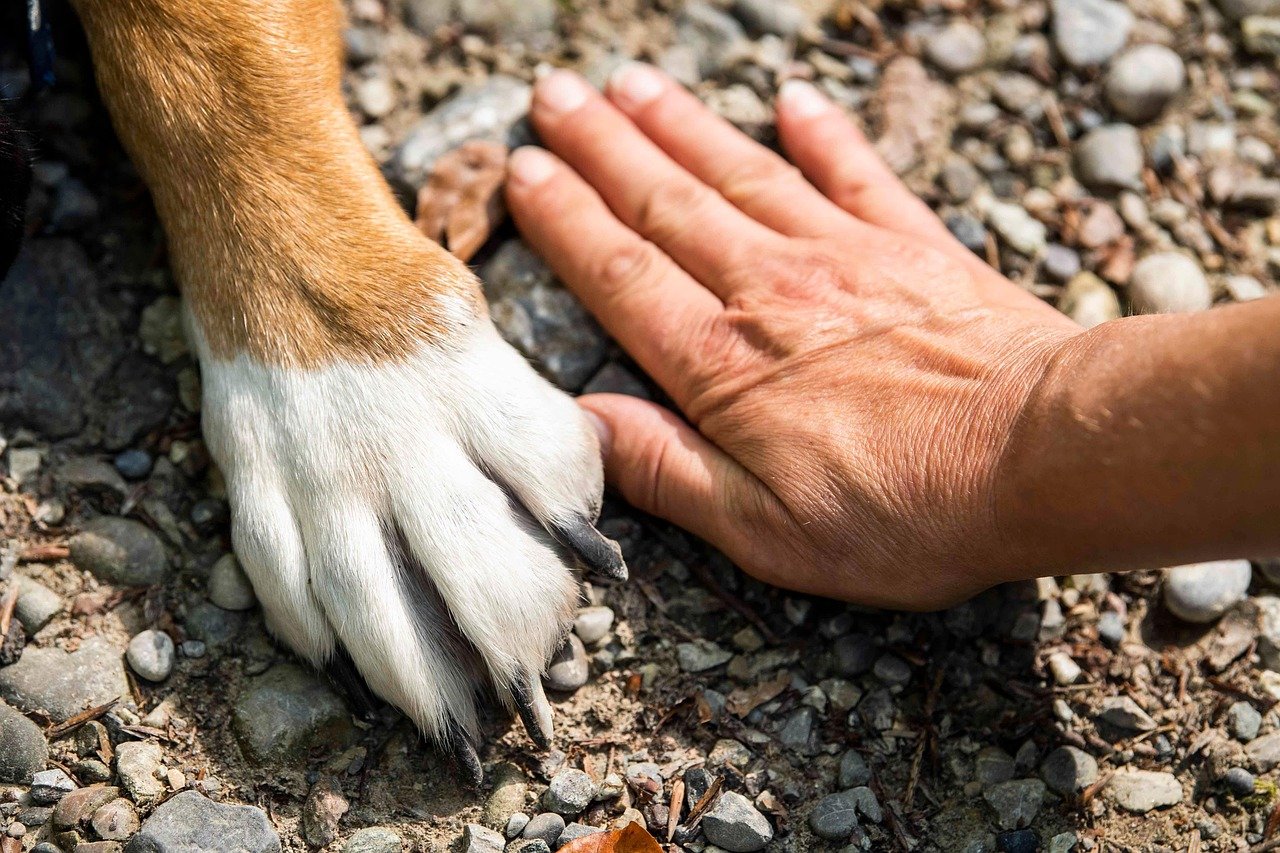
When your dog places a paw on your arm or leg, it can feel sweet and affectionate. But sometimes, it’s a calculated move. Dogs quickly figure out that physical contact gets your attention—and often leads to treats, playtime, or cuddles. If your dog paws at you every time you sit down with a snack, you’re witnessing pure manipulation at work. It’s their way of saying, “Hey, don’t forget me—and don’t forget the treats, either!”
Whining for Attention
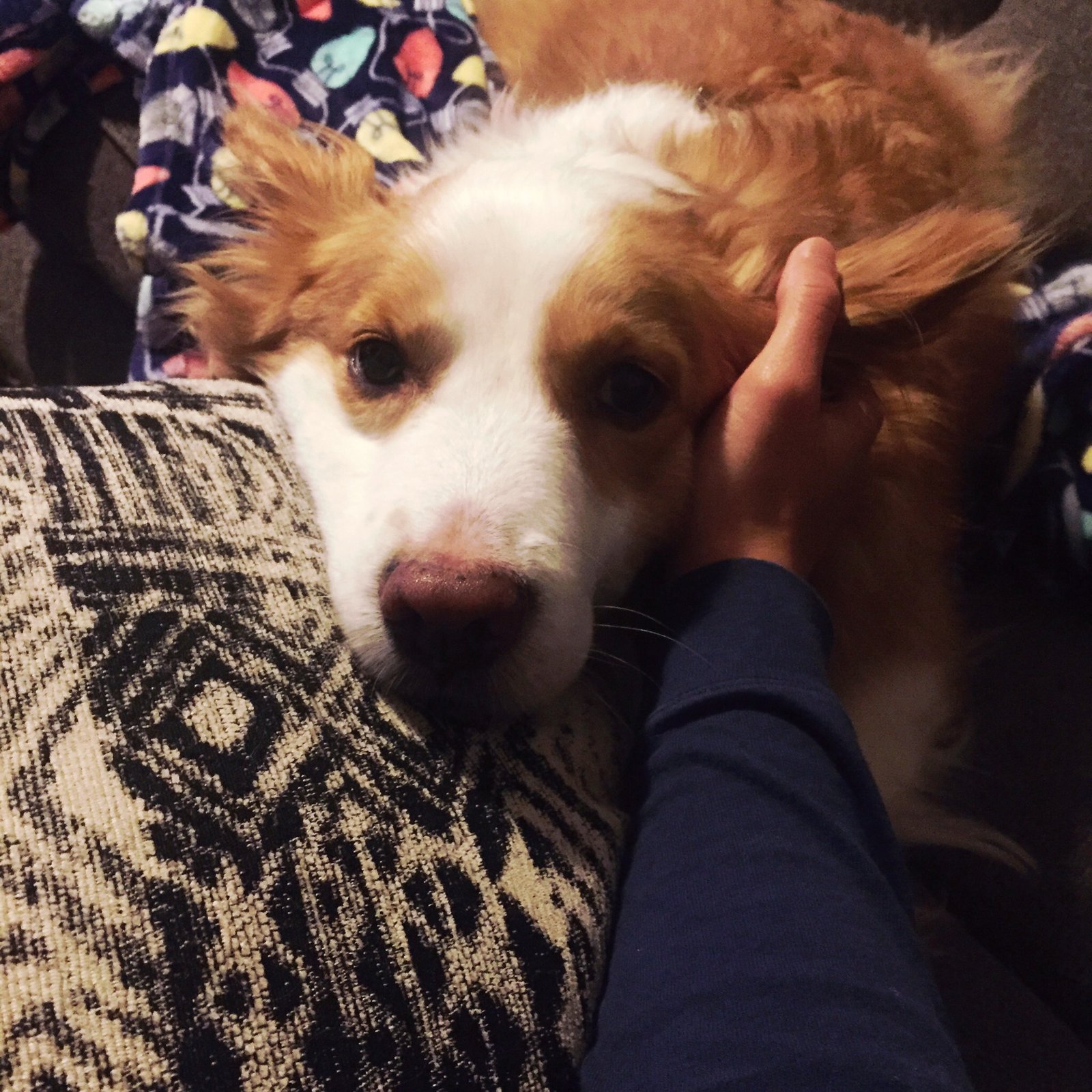
Whining is another tool in a dog’s manipulation toolkit. Some dogs learn that a well-timed whine can melt even the toughest heart. Whether it’s for food, a walk, or just a bit of affection, whining is rarely about gratitude. It’s about getting their needs met—immediately. They know we can’t resist that pitiful sound, and they use it to their advantage every chance they get.
Refusing to Eat Kibble—Until Something Better Appears
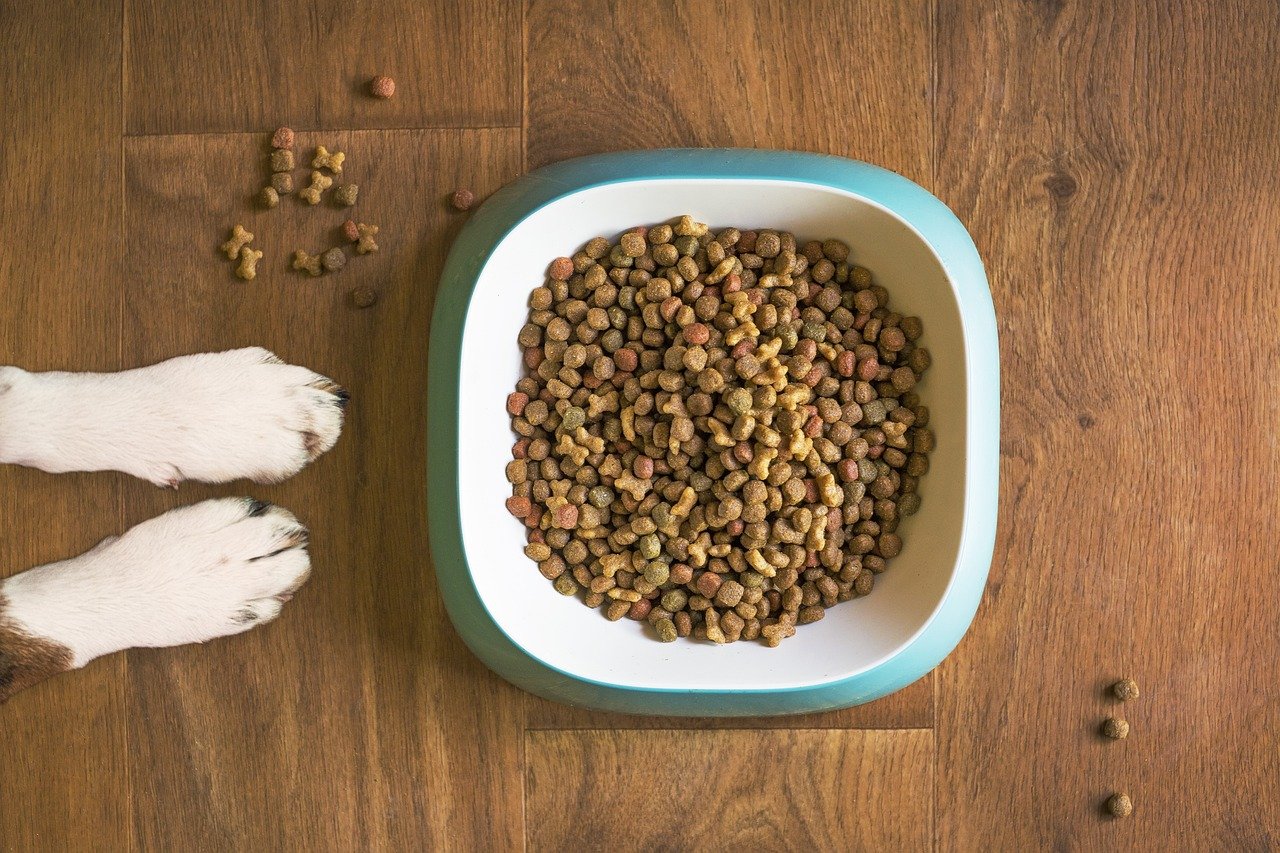
Has your dog ever turned up their nose at their perfectly good dinner, only to perk up when you add a little chicken or cheese? This is classic manipulation. Dogs are quick learners, and once they realize that being picky leads to tastier food, they’ll repeat the trick again and again. What starts as a refusal to eat can quickly turn into a daily negotiation, with your dog always angling for an upgrade.
“Accidentally” Dropping Toys in Your Lap
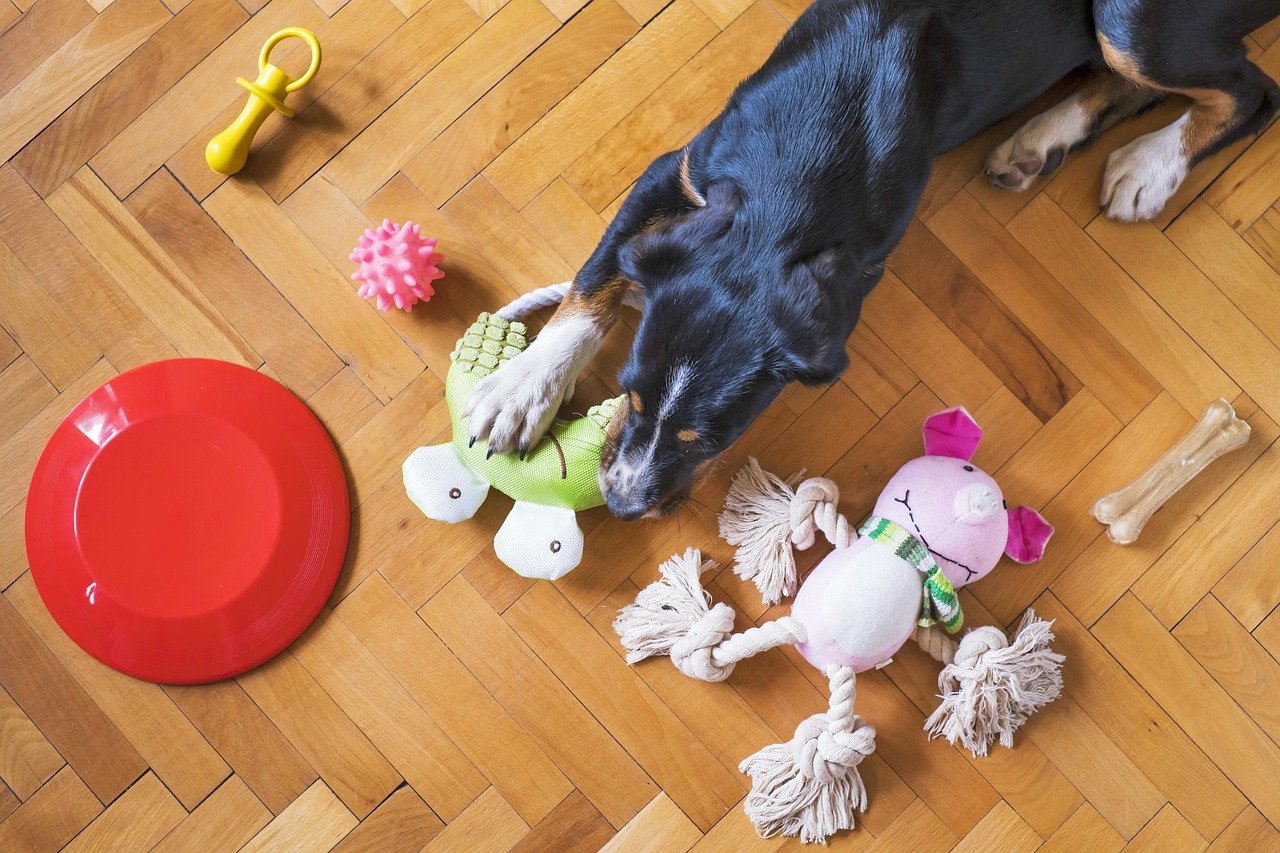
Dogs are clever about getting playtime. If your dog keeps dropping toys in your lap or at your feet—especially when you’re busy—it’s not just a polite offer. It’s a calculated move to interrupt your activity and get you to play. They’ve learned that persistence pays off. The more they nudge, drop, and stare, the more likely you are to give in. This form of manipulation is as adorable as it is effective!
Refusing to Move on Walks
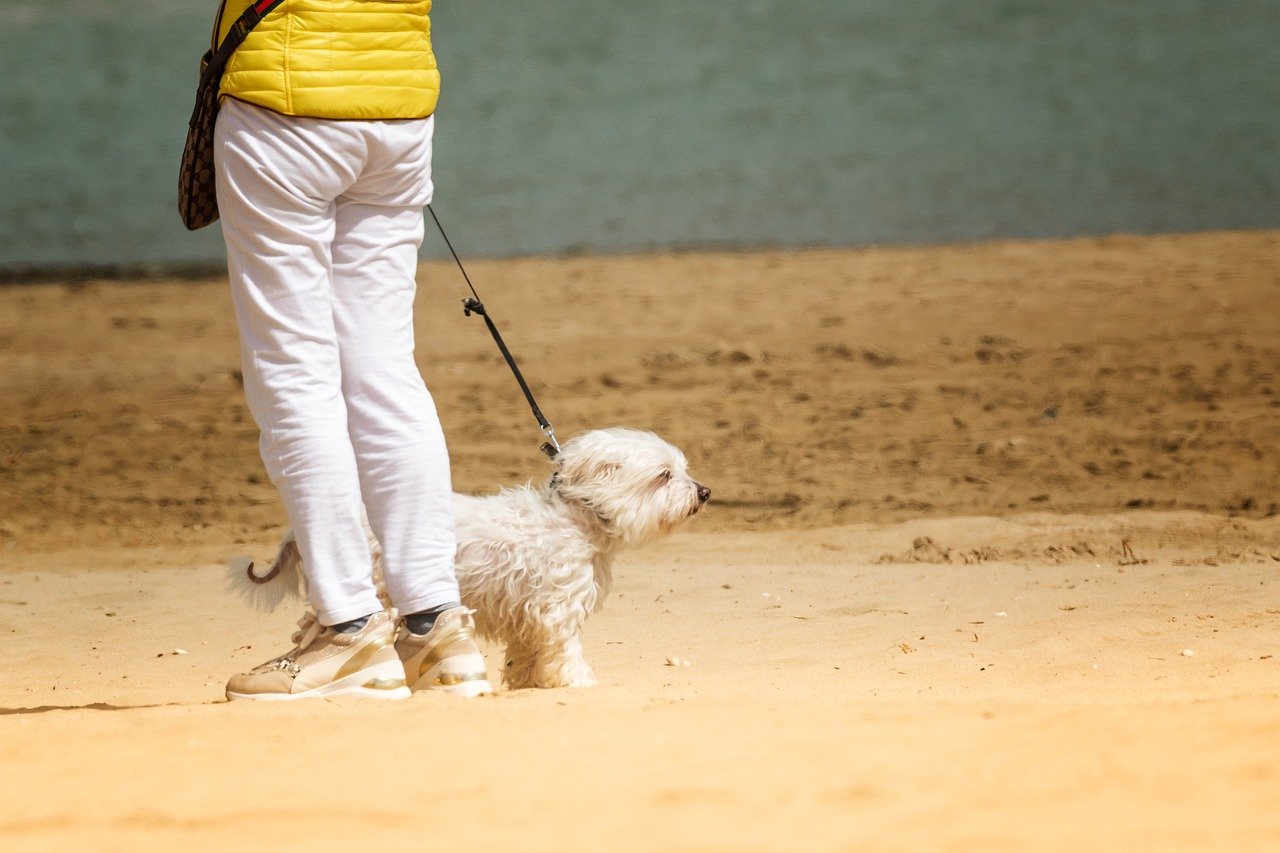
Ever had your dog plant themselves on the sidewalk, refusing to budge? Sometimes it’s stubbornness, but often, it’s a clever tactic to get more time outside or steer you toward their favorite sniffing spots. By refusing to move, they put you in a position where giving in is easier than insisting. Dogs use this strategy to extend playtime, explore interesting smells, or avoid going home.
Jumping Up Right Before You Leave

Dogs are incredibly attuned to our routines. When they see you grabbing your keys or putting on shoes, some dogs suddenly become extra affectionate or even hyperactive. This last-minute burst of attention is a manipulation tactic. They know you’re about to leave and use their cutest moves to delay your departure—or at least make you feel guilty enough to give them a treat before you go.
Sleeping in Forbidden Places
If your dog only jumps on the couch or bed when you’re watching, they’re not just being naughty. They’re testing boundaries and seeking your reaction. By breaking the rules right in front of you, they’re trying to negotiate for more comfort or attention. Sometimes, their sad face when caught is all an act—one designed to make you reconsider the rules “just this once.”
Selective Listening When It Suits Them
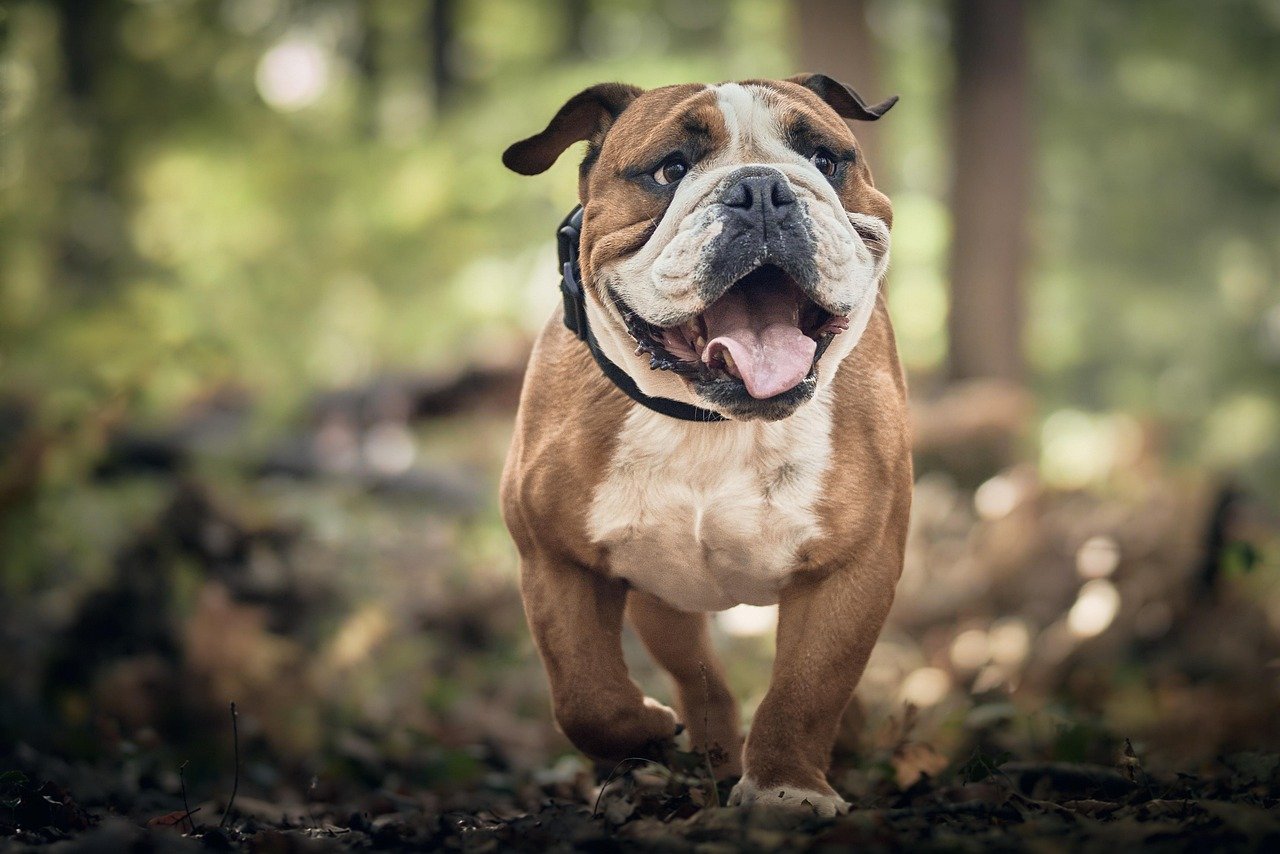
Finally, the classic move: ignoring you until they hear a word they like—such as “treat,” “walk,” or “dinner.” Dogs have selective hearing down to an art. They might pretend not to hear commands, only to snap to attention when something exciting is mentioned. This isn’t about being grateful or obedient; it’s pure manipulation. They know exactly what you’re saying and respond only when it benefits them.

Born and bred in South Africa, a Capetonian at heart. Amy-Leigh’s love for nature and animals was inherited from her Dad. He loves taking the family on road trips to experience nature at its finest; Amy-Leigh’s favourite being whale watching in Hermanus and spotting Kudu along the West Coast. Amy-Leigh holds a BA in English Literature and Communication Studies.






